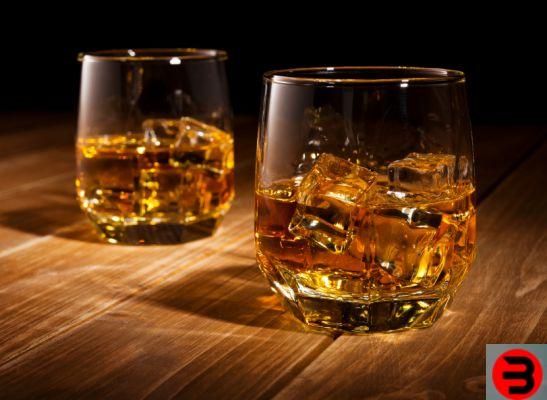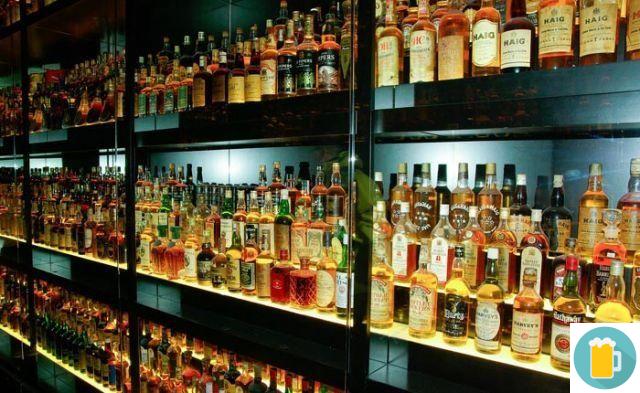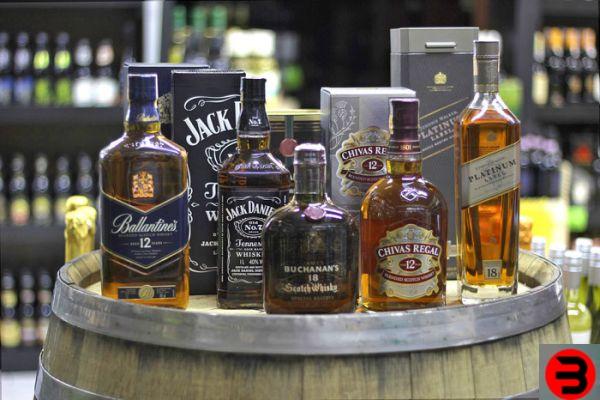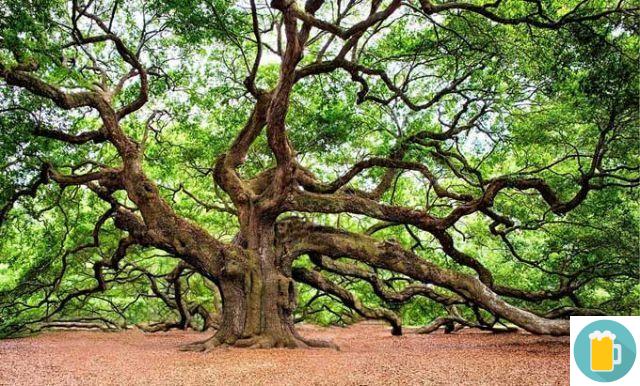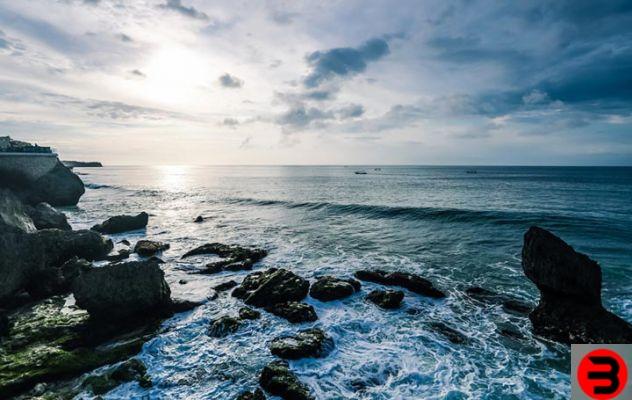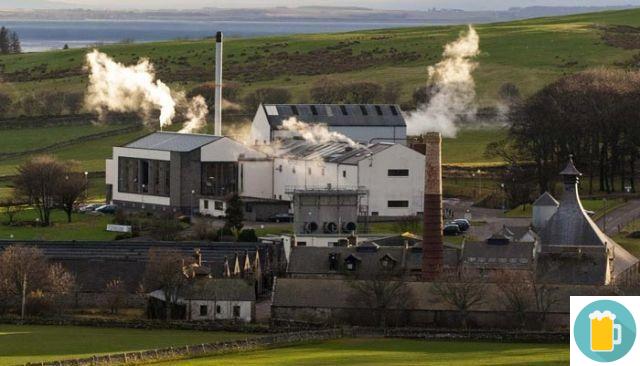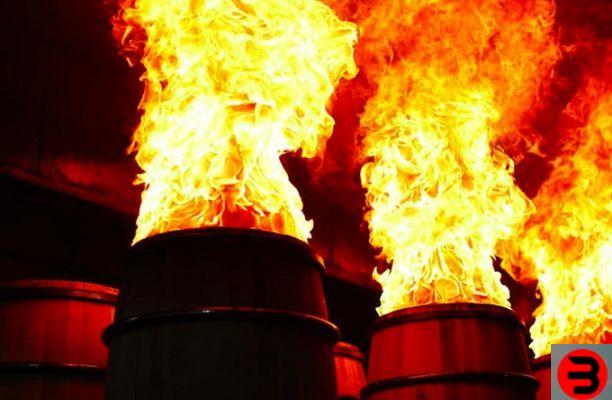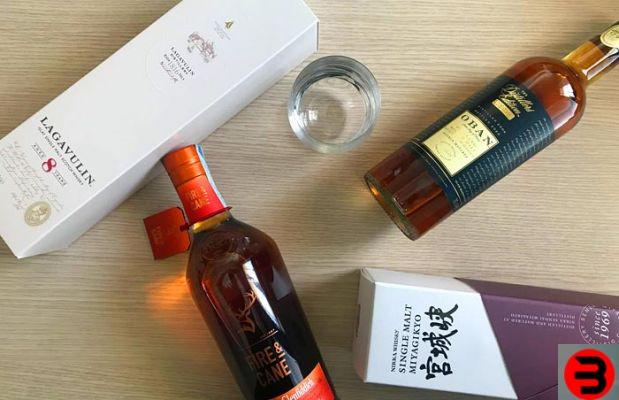What is the use of aging whiskeys?
For whiskeys, the aging phase is necessary for several reasons.
Primarily, aging tends to soften the "sharpness" of the distillate and contextually to enrich it with aromas made by wood.
A non-aged cereal distillate would be almost impossible to drink straight, let's think of moonshine for example, it is no coincidence that they are all added with syrups of various flavors, just to make them more easily drinkable.
Where whiskey aging takes place
The aging of whiskey, or rather of scotch whiskey takes place in wooden barrels. According to Scottish legislation, this stage it cannot last less than 3 years.
Excluding very commercial, cocktail products, the vast majority of whiskeys ages for much longer periods of the minimum wage precisely because the market of connoisseurs requires softer, richer and more structured products.
The wooden barrels can be of various sizes and different essences, but generally they are "barrels" or barrels with a capacity of about 200 liters previously used to age Bourbon.
Types of aging
There are different "types of aging" of whiskey, this is usually reported on the label, let's see which ones:
Standard
Standard aging is aging that occurs for a certain period in a certain type of barrels, almost always ex bourbon. Except for the nas (which do not report the duration of aging), the label usually shows the number of years the whiskey has spent in cask before being bottled.
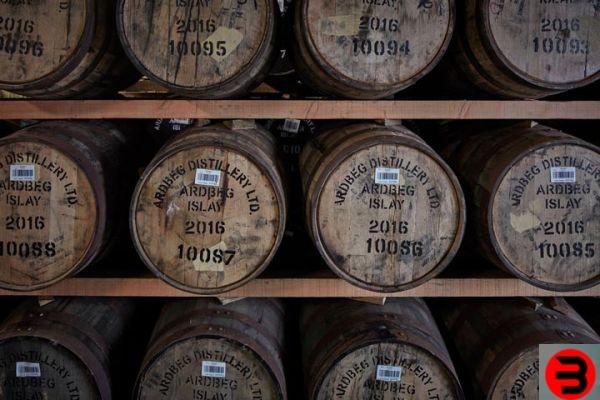
Refinement
When it comes to aging it means that the whiskey has been aged for a few years in one type of barrels (ex bourbon for example) and only for 3-4 months is it aged in another type of cask (ex sherry or rum for example). Scotch whiskey Glenfiddich 21 rum cask finish is an example of this type of product.
Double or triple ripening
Whiskeys can also undergo a double maturation, unlike the refinement that occurs in the second type of cask only for a few months, in this case the period is even several years long. An example of this type of whiskey is Balvenie 17 yo doublewood which ages in ex bourbon barrels and then in ex sherry barrels.
Mix of barrels
In the case of the barrel mix, each different barrel used contained the whiskey for the same period of time. In the case of the macallan 18 triple cask, for example, the distillate remained for 18 years in American ex-sherry, European ex-sherry and ex-bourbon barrels, after which the contents of the 3 barrels were assembled.
How long does whiskey need to age?
This is not a question that has a single answer, aging determines the character of the whiskey, it has a decisive impact on the aromas and taste of whiskey once bottled.
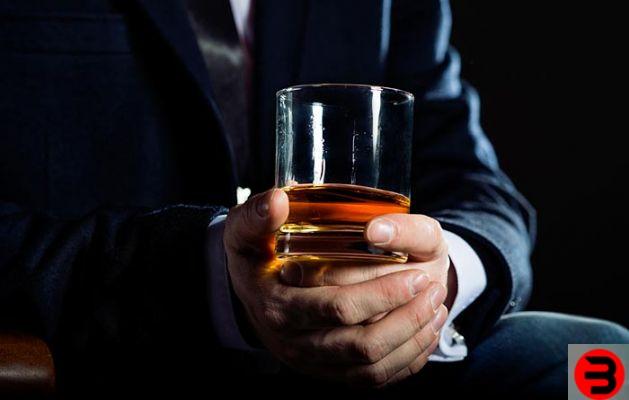
For these reasons, the duration of aging is used by distilleries to create products with certain characteristics. To cite an example, the latest addition to Ardbeg, the 5 years old Wee Beastie is a product that only undergoes 5 years of aging because the company wanted to create a fairly "powerful" scotch, in which the hints of peat were very present and not dampened by the permanence in wood.
There is no doubt that the long aging enriches the whiskeys and a wise use of the barrels and of the whole aging process is an added value for the value of the product and consequently for its selling price.
The distillery that thanks to aging has built much of its success is Macallan, an iconic company, with more fans worldwide, a symbol of fine whiskeys.
What whiskey do you prefer? Young or aged?




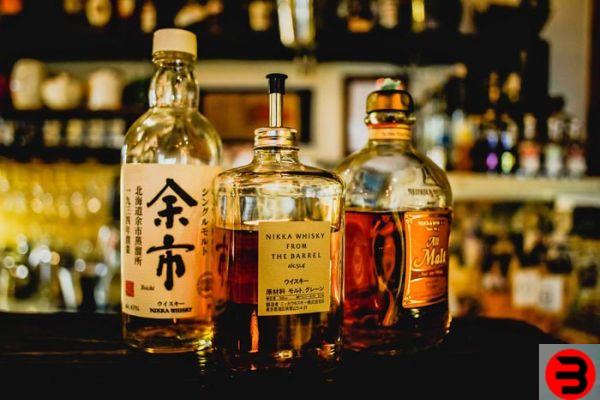
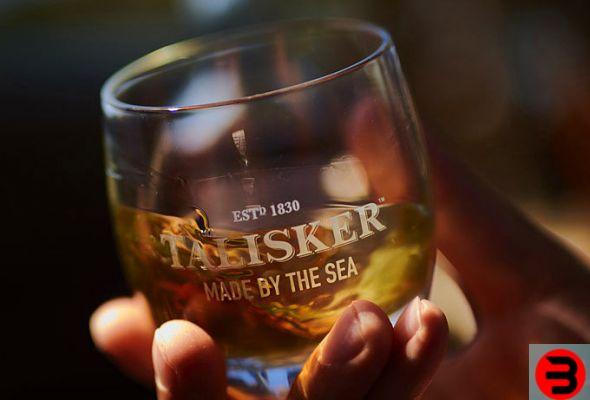
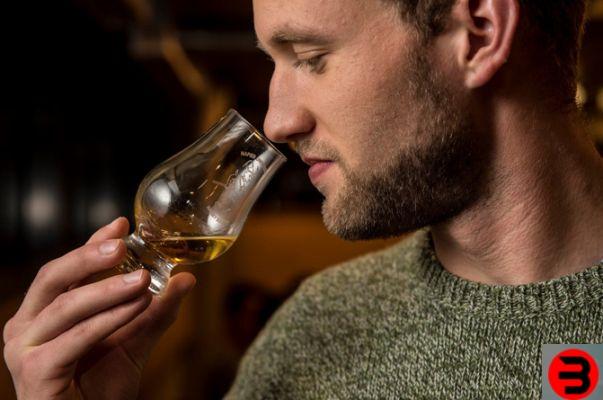
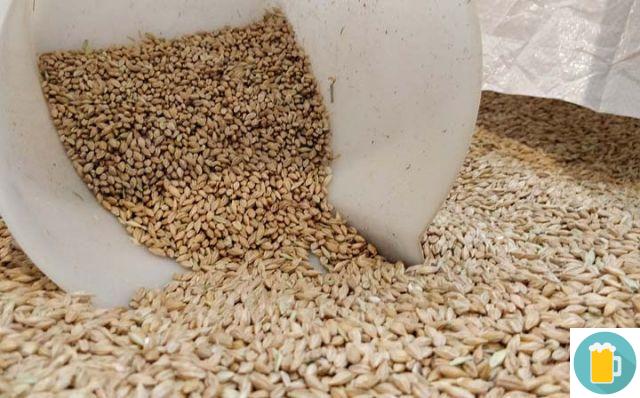
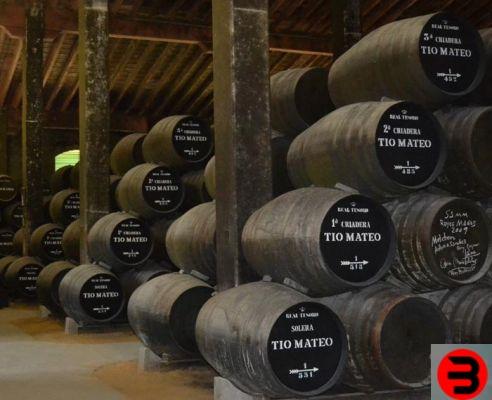
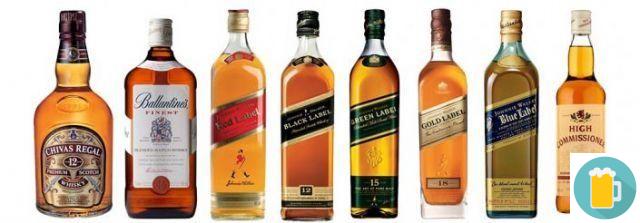
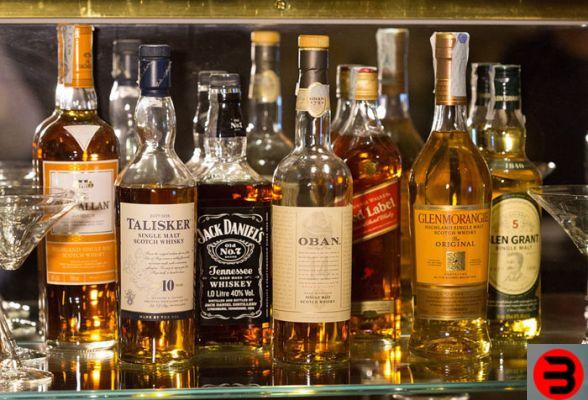
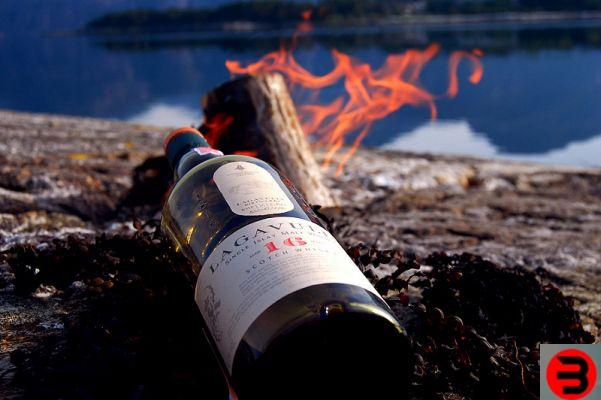
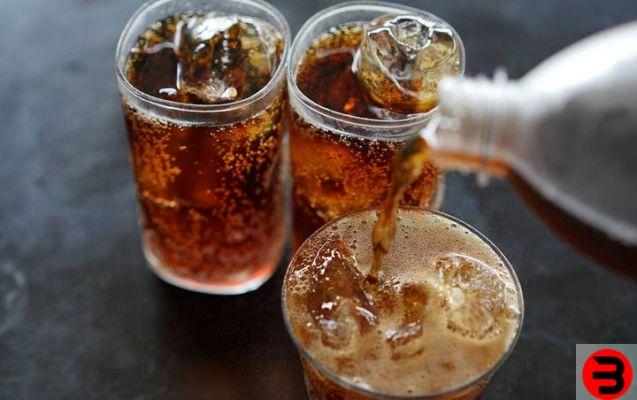
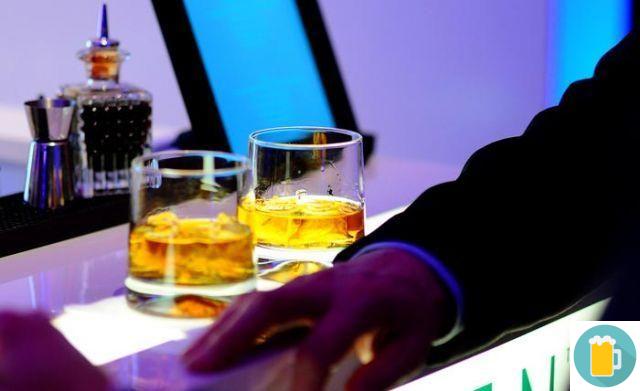
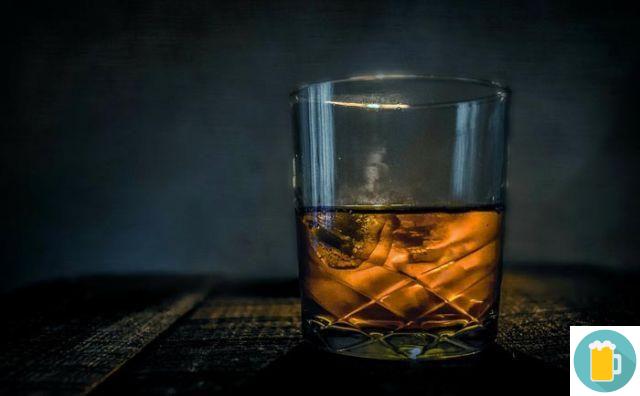
![Best Whiskey: the 7 TOP in the world [GUIDE 2021]](/images/posts/203dea461b3d4004c339a63a3f69a0dd-0.jpg)

